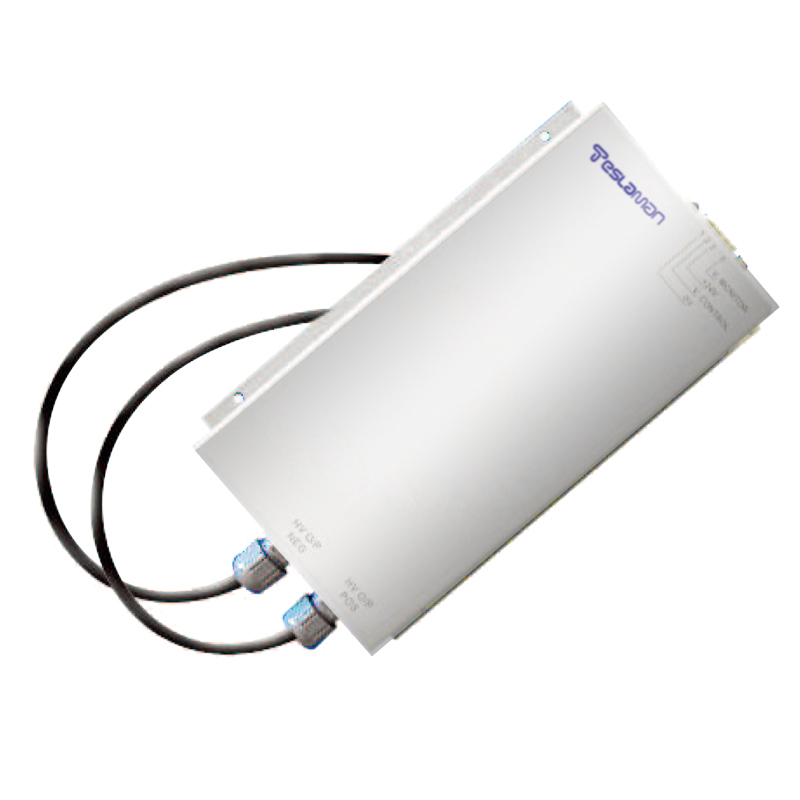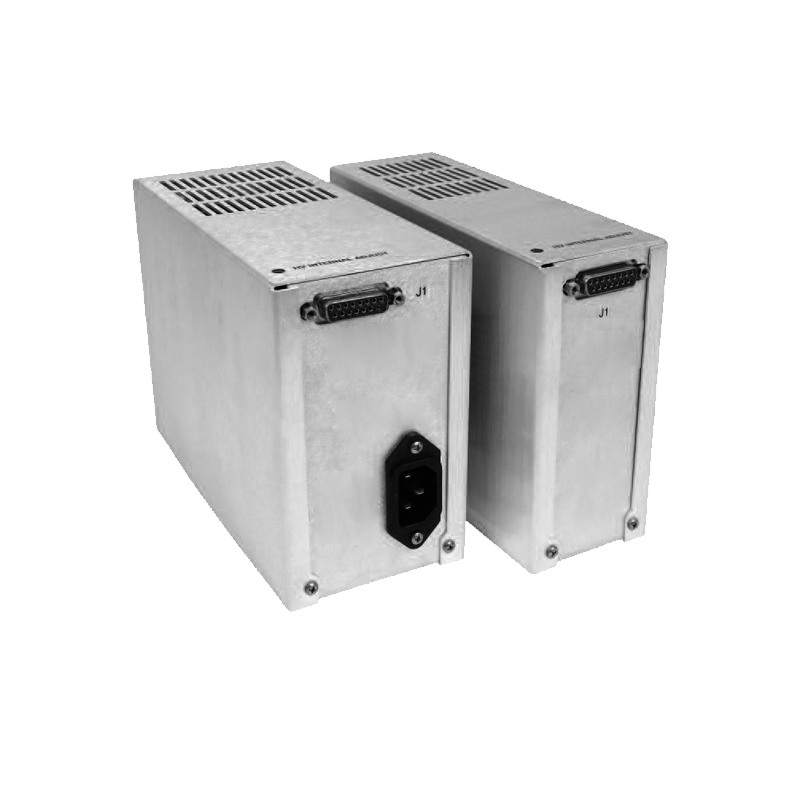Module Integration of Standard Rack-Mount High-Voltage Power Supplies
In modern power electronic devices, standard rack-mount high-voltage power supplies have become the core power supply components in scenarios such as data centers, communication base stations, and scientific research experimental equipment due to their convenience in installation, management, and maintenance. With the continuous upgrading of application requirements, the demand for their module integration has become increasingly stringent. Higher module integration can not only effectively save space but also enhance the overall performance and reliability of the power supply while reducing operating costs.
Currently, the module integration of standard rack-mount high-voltage power supplies is limited by various factors. Firstly, the conflict between power devices and the cooling system is a major bottleneck. When high-voltage power supplies are in operation, power devices generate a large amount of heat. To ensure the normal operation of these devices, bulky cooling devices such as heat sinks and fans are often required. These cooling devices occupy a significant amount of space, restricting the integration of other circuit modules. Secondly, strict requirements are imposed on high-voltage isolation and insulation design. In a high-voltage environment, measures such as using thick insulating materials and increasing electrical clearances are necessary to ensure safety and stable operation. This also increases the size of the modules and hinders the improvement of integration. Additionally, complex control circuits and signal processing modules also require sufficient space for layout, and electromagnetic compatibility issues need to be considered among different functional modules, further increasing the difficulty of integration.
To enhance the module integration of standard rack-mount high-voltage power supplies, several technical approaches can be adopted. In terms of power devices and cooling technologies, new high-performance power devices, such as wide-bandgap semiconductor devices, can be employed. These devices feature higher switching frequencies and lower conduction losses, effectively reducing the heat generated by power devices. Meanwhile, advanced cooling technologies, such as micro-channel cooling and phase-change cooling, can be introduced. Micro-channel heat sinks achieve efficient liquid cooling within extremely small channels. Compared with traditional heat sinks, they can achieve stronger cooling effects in a smaller space. Phase-change cooling utilizes the property of materials absorbing a large amount of heat during phase transitions, enabling rapid heat dissipation in a limited space and reducing the reliance on large cooling devices.
In circuit design and layout optimization, high-density integration technologies can be applied. Multilayer printed circuit board (PCB) design can be used to layer different functional circuit modules, reducing the occupation of planar space. By reasonably planning the wiring, the signal transmission paths can be shortened, improving the circuit integration. Moreover, the concept of modular design is indispensable. The power supply system can be divided into multiple relatively independent functional modules, such as the input rectifier module, power conversion module, and control module. Each module can be designed and optimized independently and then integrated through standardized interfaces, enhancing the overall integration efficiency.
In high-voltage isolation and insulation technologies, new insulating materials and isolation techniques can be developed. For example, nano-composite insulating materials can be used, which have better insulation performance than traditional materials and are thinner, enabling the reduction of module size while ensuring safety. At the same time, the design of isolation transformers can be optimized. Planar transformer technology can be adopted, where the windings of the transformer are fabricated on the PCB, greatly reducing the size of the transformer and improving the integration.
Enhancing the module integration of standard rack-mount high-voltage power supplies is a systematic project. It requires collaborative innovation in multiple aspects, including devices, cooling, circuit design, and insulation, to meet the growing application requirements and drive the high-voltage power supply technology to a higher level.




















